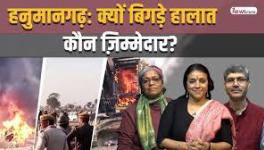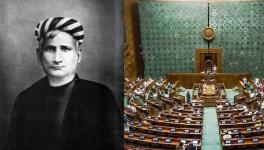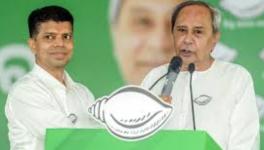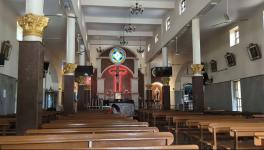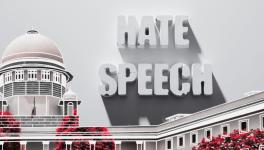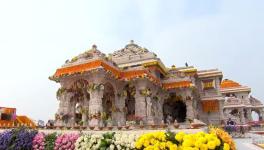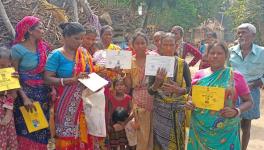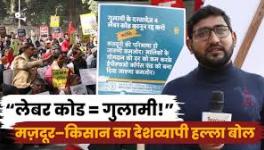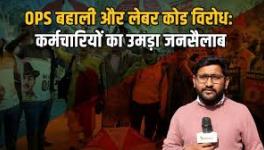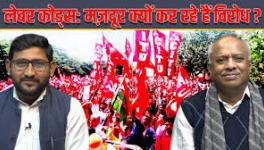In the Land of Gau Rakshaks, Anything Goes in the Name of the Holy Cow
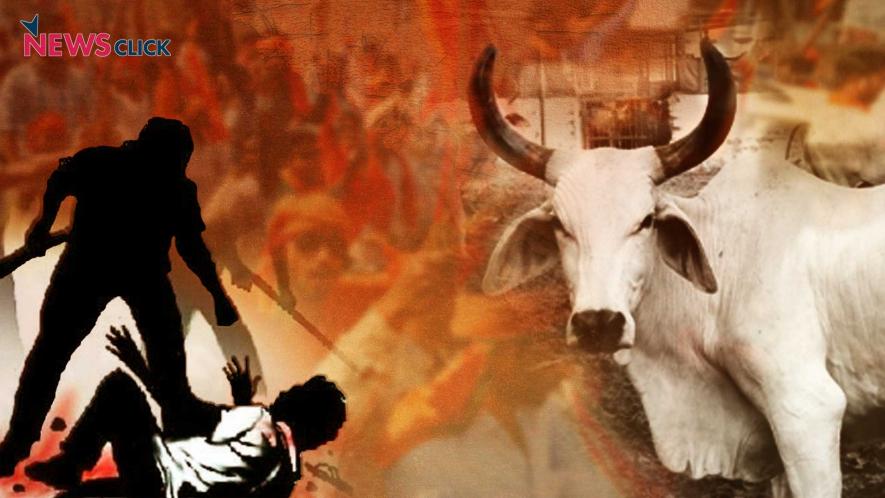
On May 18, Shiraj Khan, a 45-year-old tailor, was lynched to death by a mob, on the suspicions of cow slaughter in Satna, Madhya Pradesh. His friend, Shakeel, who was also severely thrashed by the villagers, lies in a coma at the Jabalpur Metro Hospital. Shiraj’s name is the most recent addition to the long list of people that have been murdered in the name of cow protection. And it is s high time that the government recognises these instances as well planned and organised acts with a firm ideological foundation, rather than some random acts of violence.
Ever since 2014, when the BJP came to power by winning a majority in the Lok Sabha elections, a total of 31 people have been killed across the country in the name of cow protection. According to Indiaspend, a data journalism website, 61 attacks by cow vigilantes have taken place after 2014 in India.
In fact, in the BJP-ruled Madhya Pradesh, which is also the state where Shiraz’s lynching took place, has had five instances of attacks by cow vigilantes, out of which three have resulted in the death of the victim. It is worth mentioning here that all of the five attacks took place after 2014.
Cow protection as a political movement can be traced back to the late 19th century in northern India. The first big Hindu-Muslim riot took place in Azamagarh and Mau, Uttar Pradesh, in 1893, when gangs of armed Hindu men attacked the annual Bakri Eid celebrations. The perpetrators of this violence, as was evident from the arrests made by the police at that time, were mostly from upper caste groups. Many militant Gaurakshini Sabhas were established in villages around this time. The organisers were village pundits, money lenders, Zamindars and petty bourgeois elements that frequented the country-side, such as teachers, lawyers, clerks, officials. A motely crew of faqirs and swamis often lead small-scale attacks on the Muslims. The trading and banking classes also supported these Sabhas. The lower caste groups, such as the Jatavs, were often vilified by the gaurakshinists.
Savarkar, the Hindutva ideologue, who is the prime theoretician of Hindu nationalism as we know it today, when asked about cow protection had said that the Hindu's trait of love for all living beings is extended to cow worship, as the cow is seen by him as an 'extremely useful' animal. Hence the cow has to be protected, rather than just being worshipped at.
“A worshipful attitude is necessary for protection. But it is improper to forget the duty of cow protection and indulge only in worship. The word ‘only’ used here is important. First, protect the cow and then worship it if you so desire” (1938, Swatantryaveer Savarkar: Hindu Mahasabha parva or the phase of the Hindu Mahasabha, p. 173)
Savarkar served as a president of the Hindu Mahasabha, which has its roots in the Arya Samaj. Dayanand Saraswati, the founder of the Arya Samaj, was one of the earliest supporters of the cow protection movement of the 19th century and firmly criticised the practice of cow slaughter in his writings. Thus one an safely say that then activities of the gau rakshini sabhas simply served as a model for the gau rakshaks to be followed today.
According to the scholar Shabnum Tejani, the "anti-Muslim sentiment" was an essential part of their movement. The brochures and pamphlets that were distributed by the rakshinis in the 1880s and 1890s to mobilize support for cow protection are evidence enough of the fact. Illustrations and posters of a "villainous Muslim stalking the god-fearing Brahman and his gentle cow" was a recurrent themes in all the brochures and pamphlets; often the Muslims were depicted with long swords. Dramas were staged that depicted the Muslims secretly abducting cows and then sacrificing them at Bakri-Eid. The movement even set up tribunals to prosecute Hindus who sold cows to Muslims or the British. Considering this kind of a background, cow protection was then the only activity that engendered the feelings of Hindu unity, which is why the Hindu nationalists, even today, try to incorporate the maximum number of members from the lower caste communities in vigilante squads. And since most of the militant Hindu outfits now tend to have members from poor and working class and the lower caste communities, it seems that their movement has suceeded in achieveing it’s intended goal.
Unity, however, doesn't mean that there will be equality for all the castes. Even though Dayanand Saraswati criticised the caste oppression on the Dalits by the upper castes, he looked upon the Varna system and practices of endogamy among caste groups as rational and scientific, and claimed that they had been corrupted over time. However, in the recent past, Dalits have also been the targets of cow-related violence. In 2016, four Dalit men were attacked in Gujarat for skinning a dead cow.
The Hindu nationalists in no way wish to do away with caste hierarchy. They only call for unity as they see their 'enemies', the Muslims, to be an ever growing and firmly united group. Activities such as cow vigilantism, that have been on the rise ever since the BJP government has come to power, are political tools for the advancement of Hindutva. Savarkar vilifies the Muslims for their practice of cow slaughter, and calls them 'cruel' for butchering a helpless animal. He asserts that even the non-Hindus must engage in cow protection, as it is 'in the interest of the nation'.
The vigilante groups often recruit young, unemployed or poor working people, mostly because engaging them in their nationalist movement would shift their focus from actual issues, such as poverty and unemployment, towards the notion of a false 'other'. Meanwhile, the BJP government continues to enact the anti-people’s policies, all in the interest of the big capital, benefiting from the activities of such vigilante groups, as the discontent and anger of the people is directed towards a false enemy.
Get the latest reports & analysis with people's perspective on Protests, movements & deep analytical videos, discussions of the current affairs in your Telegram app. Subscribe to NewsClick's Telegram channel & get Real-Time updates on stories, as they get published on our website.









